Most Reliable Toyota Tundra: Your Ultimate Guide to Dependability
Why does the Toyota Tundra reign supreme in the realm of used pickups? Its unwavering reliability and robust build catapult it to the forefront, making it the go-to choice for those seeking a vehicle that’s not just a mode of transport but a trustworthy companion for countless adventures. If you’re eyeing a used Tundra, you’re in luck: certain models have carved out a reputation for stellar durability and owner satisfaction that’s hard to ignore.
Which Tundra will journey with you for miles on end?
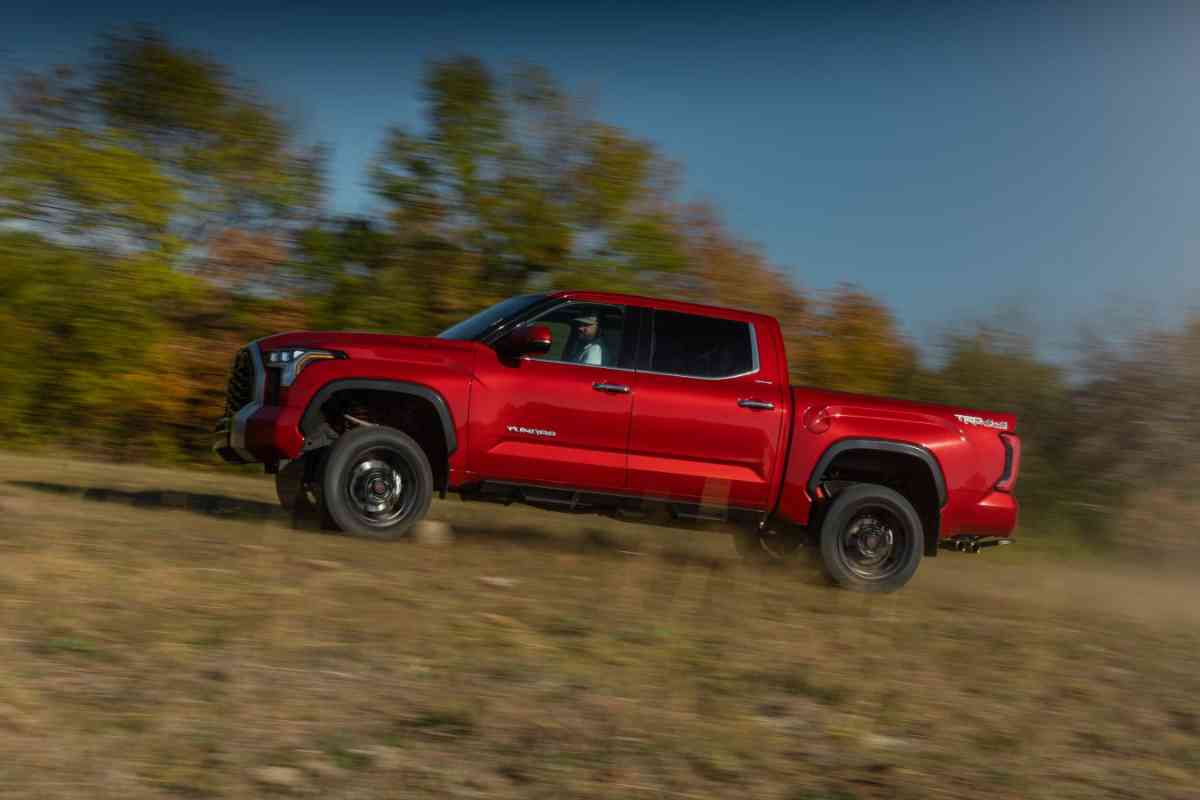
Related Post! What’s More Reliable, A Tundra Or An F150?
What’s The Most Reliable Toyota Tundra?
The most reliable Toyota Tundra models are often highlighted as those from 2013 and 2019, praised for their enduring build and minimal issues. Owners and experts alike commend these years for blending power, durability, and advanced features, making them standout choices in the Tundra’s storied lineage of reliability.
It’s a thrilling question. Reports have it that 2000 Tundra models have effortlessly breezed past the 400,000-mile mark with care and diligence. Meanwhile, more recent beacons of reliability – the 2020, 2016, and 2014 models – are celebrated for ensuring a smooth and worry-free ride.
Choosing the perfect Tundra is like finding the right companion for a long journey. Do you lean towards cutting-edge technology, or do you prefer a vehicle with a proven track record? Whatever your priorities, there’s a Tundra model that’s tailor-made for your needs. Remember, the crown jewel of Tundra models is one that’s been lovingly maintained – always consult service records and seek a mechanic’s blessing before making your choice.
Diving into the Toyota Tundra’s Legacy of Reliability
Understanding the Tundra’s past is like uncovering a treasure map. It reveals which models have stood the test of time and which should perhaps be left behind.
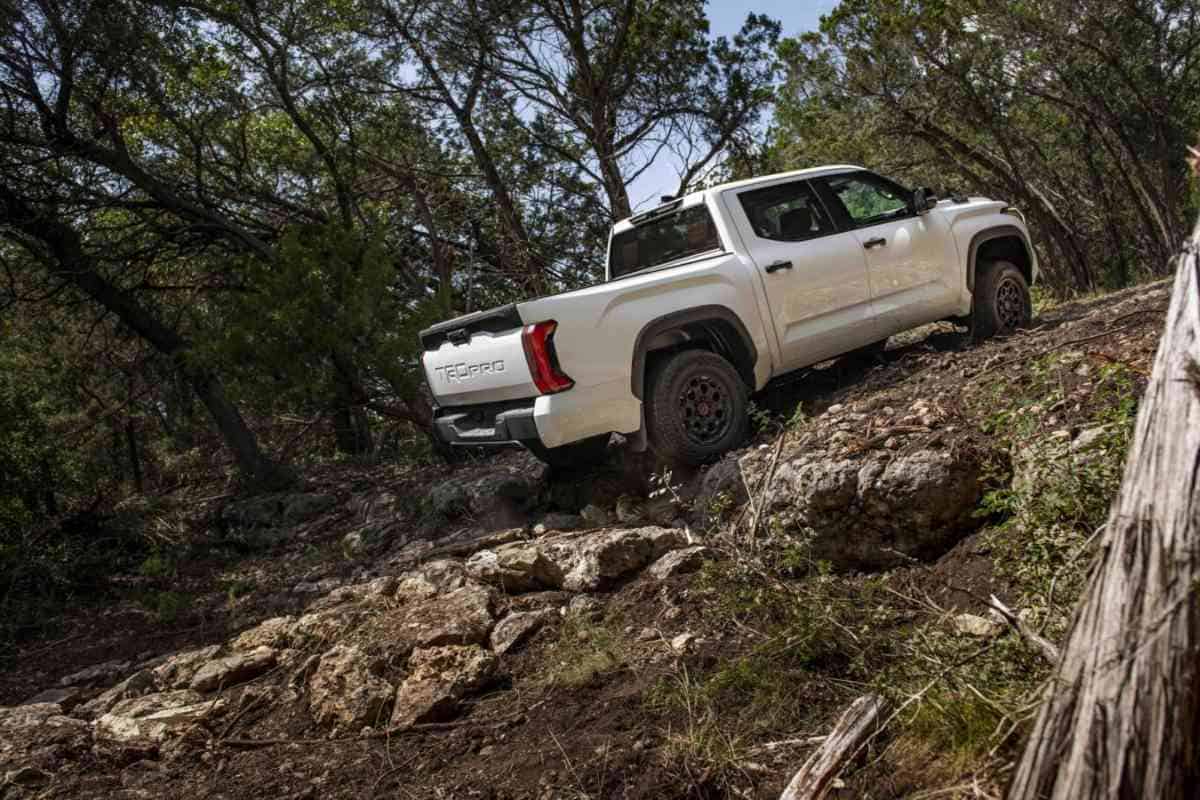
Performance Through the Ages
The Tundra’s badge of reliability wasn’t awarded lightly. While its reputation is strong, certain years have stumbled and are best approached with caution. Being mindful of models flagged for repeated issues will steer you clear of potential pitfalls.
Insights from Consumer Reports
Consumer Reports stands as a beacon for those navigating the seas of vehicle performance, including the Tundra. Their exhaustive tests and rankings are invaluable, offering a compass to guide you towards the most dependable models.
Wisdom from the Road
There’s no substitute for the tales of those who’ve traveled the path before you. Long-term Tundra owners offer a wealth of knowledge about which models have been true champions of the road. Engaging with community forums or delving into owner reviews will equip you with the insights needed to choose a Tundra that’s been battle-tested and emerged victorious.
Related Post! Toyota Tundra Years To Avoid!
Mechanical Reliability
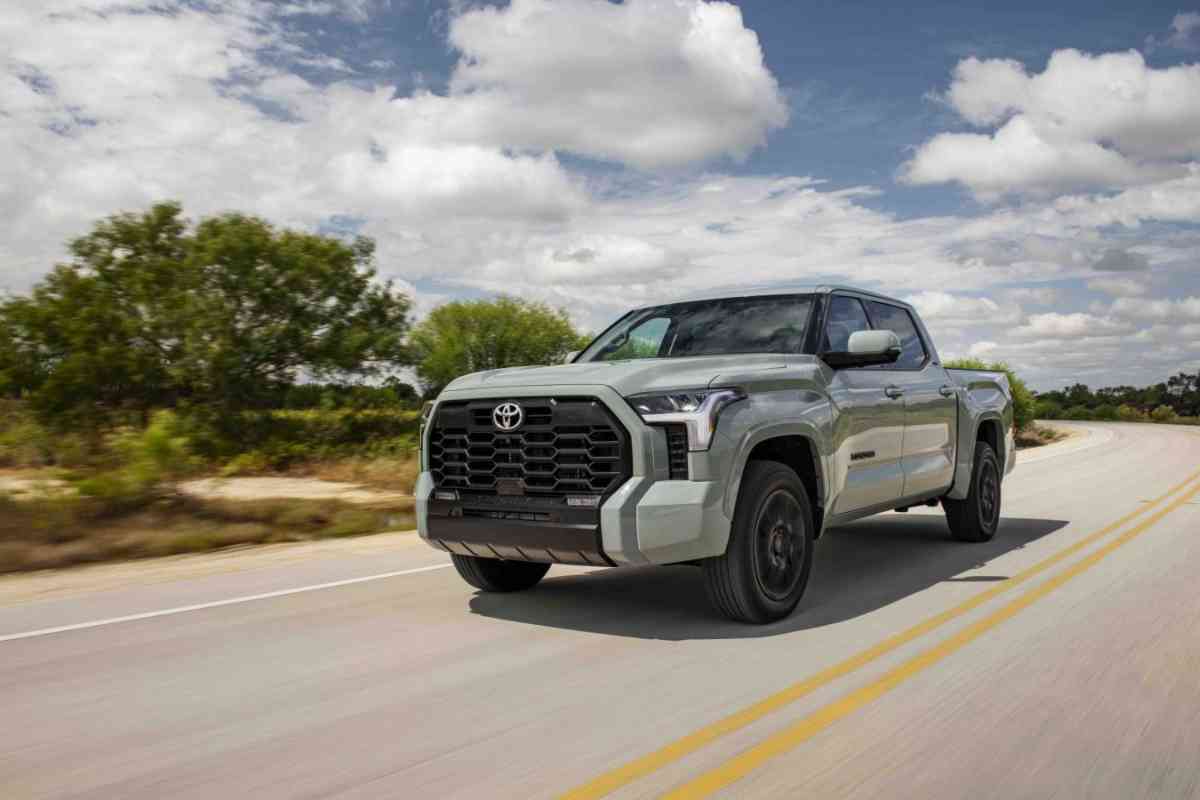
Diving into the mechanical heart of the Toyota Tundra reveals a world where power meets longevity, making it a compelling saga for anyone in search of a vehicle that’s both mighty and enduring. Let’s explore the core components that contribute to its legendary reliability.
Engine Performance
At the core of the Tundra’s reliability is its engine, a masterpiece that harmonizes power with durability. The journey begins with the robust 4.7L V8 in earlier models, evolving to the more potent 5.7L V8 in vehicles like the acclaimed 2013 Tundra. These engines are titans of longevity, soaring to high mileage with regular maintenance and embodying the essence of unwavering durability.
Transmission Durability
The Tundra’s transmission is a testament to Toyota’s engineering prowess, designed to effortlessly manage the V8’s generous torque. With a six-speed automatic transmission that became standard in the late 2000s and continued through to the 2023 models, it’s celebrated for its smooth transitions and steadfast reliability. Adhering to scheduled fluid changes is a golden tip that champions the transmission’s longevity.
Chassis and Suspension
The Tundra’s chassis is the unsung hero, crafted to confront challenging conditions while ensuring a ride that’s both stable and comfortable. The suspension, especially in models like the formidable 2016 Tundra, is adept at balancing heavy loads with ease, enhancing both comfort and durability. Regular checks and maintenance of suspension components are crucial for preserving this balance of strength and comfort, particularly for those who venture into rugged terrains.
Related Post! Toyota Tundra Best Years
A Journey Through Generations of Reliability
Understanding the Tundra’s evolution across generations offers a panoramic view of its growing legacy of reliability, each era marked by significant enhancements.
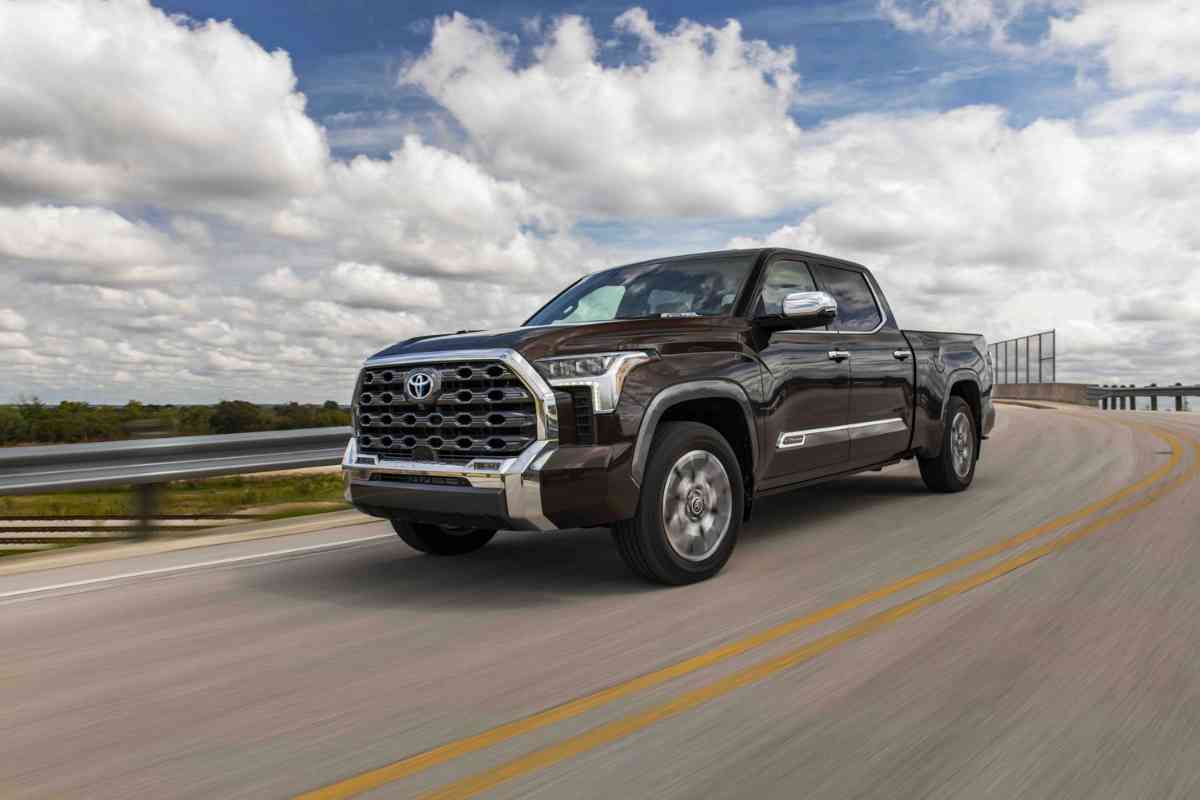
First Generation (2000–2006)
Toyota’s inaugural venture into the full-size pickup market introduced a vehicle known for its solid build and enduring performance. With both V6 and V8 engines, this generation set the stage for reliability, with many models still gracefully navigating roads today.
Second Generation (2007–2021)
This era ushered in a Tundra that was bigger, bolder, and more powerful. Notably, models like the 2013 and 2019 Tundra stand out for their reliability, symbolizing Toyota’s commitment to excellence. For those in search of a used Tundra, a well-kept vehicle from these years is a treasure trove of dependability.
Third Generation (2022–Present)
The latest chapter in the Tundra story introduces a complete redesign, marrying modern technology with improved performance. While it may be too soon for long-term verdicts, early impressions hint at a continued legacy of robust construction and reliability, setting a new benchmark for what drivers can expect from Toyota.
Related Post! Which Tundra Engine Is Best?
Ownership Costs
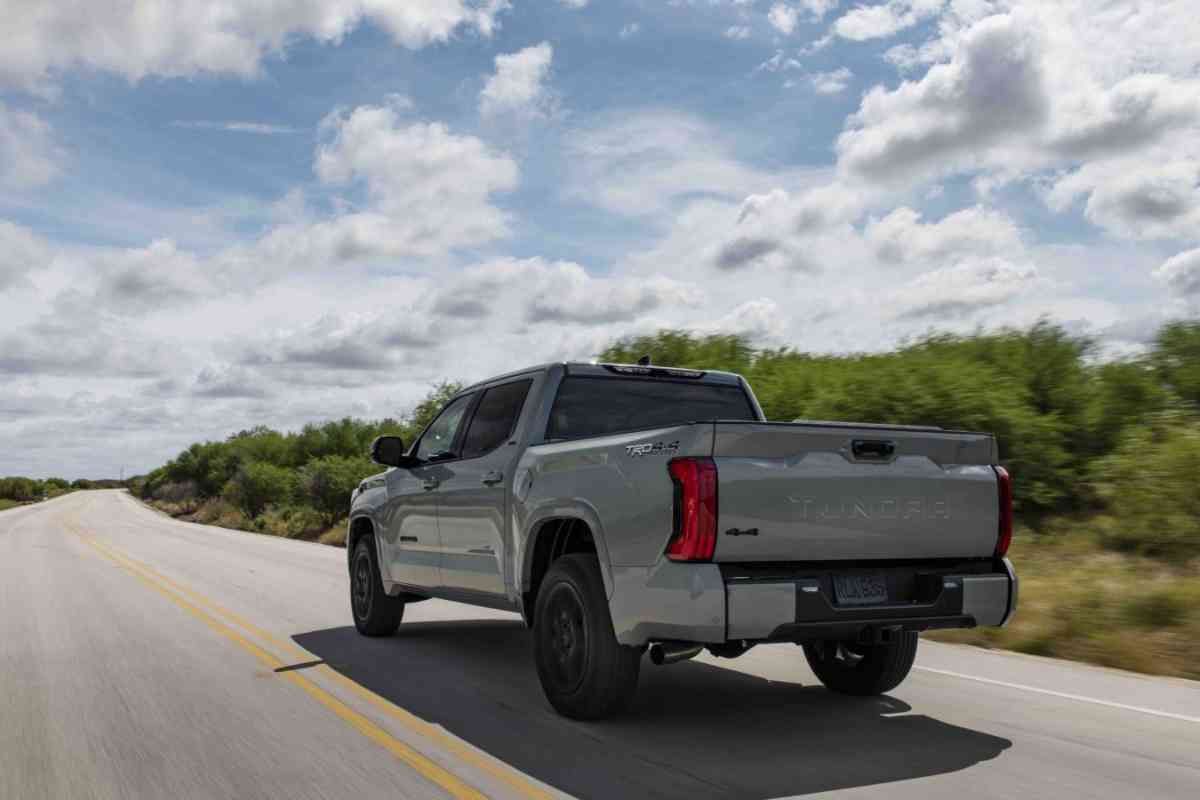
Embarking on the journey of owning a used Toyota Tundra is an adventure that comes with its own set of financial considerations. From the nuts and bolts of maintenance to the future prospects of resale value, and the safety net of warranty and support, let’s dive into what you can expect to invest in this durable companion.
Navigating Through Maintenance Costs
Owning a Tundra means committing to its care to uphold its renowned reliability. With an eye on the long haul, the average annual maintenance cost hovers around $5,040 over five years. This investment covers essential upkeep, including oil changes, tire rotations, and the timely replacement of brake pads. Tools like CoPilot Compare can be invaluable allies, simplifying your financial planning by helping you track and compare these expenses across different Tundra models.
Resale Value
The moment you decide it’s time to part ways with your Tundra, you’ll find solace in Toyota’s legacy of holding its value. While specific figures will dance around depending on the model year and its condition, the Tundra’s reputation for maintaining a strong resale value is a beacon of financial wisdom. Platforms like Edmunds shine a light on depreciation trends, offering a glimpse into your truck’s future market standing and ensuring you’re well-informed when transitioning to your next vehicle.
Warranty and Support
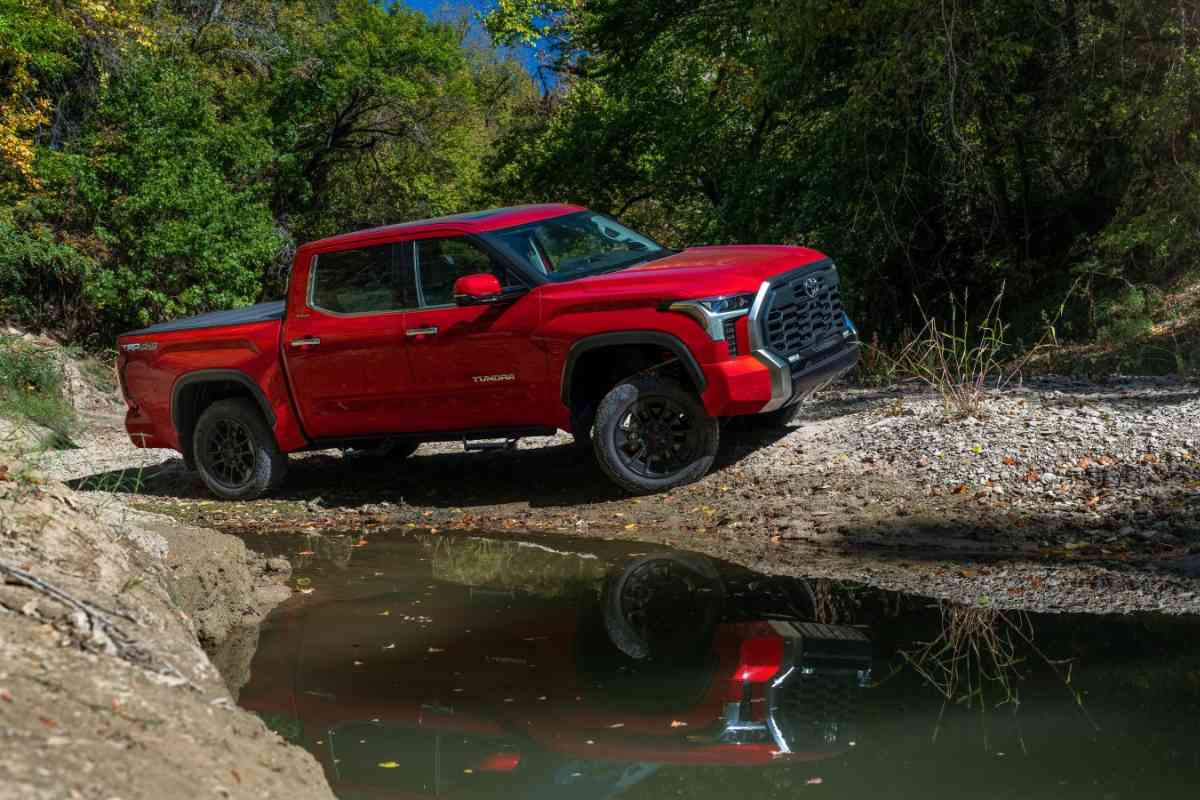
Toyota’s commitment to your peace of mind is reflected in its robust warranty offerings. With a 3-year/36,000-mile basic warranty paired with a 5-year/60,000-mile powertrain warranty, your Tundra is covered against life’s bumps and bruises. It’s essential to verify the transferability of these warranties when buying or selling a used Tundra, as this feature can significantly enhance its appeal and value in the eyes of future owners.
Understanding the financial landscape of Tundra ownership helps paint a realistic picture of what lies ahead. While the upfront costs may draw your attention, it’s the ongoing investment in maintenance, the reassurance of a strong resale value, and the protective embrace of Toyota’s warranty that complete the story. With this knowledge, you’re not just buying a truck; you’re investing in a legacy of reliability, support, and enduring value.
Related Post! The Best Used Pickup Trucks To Buy
